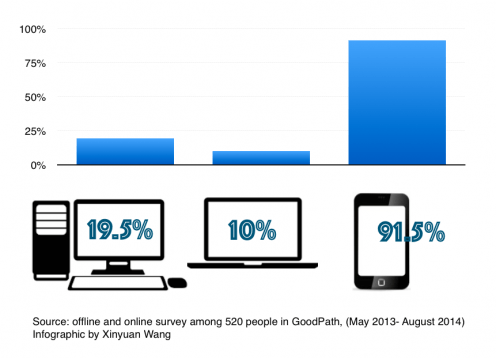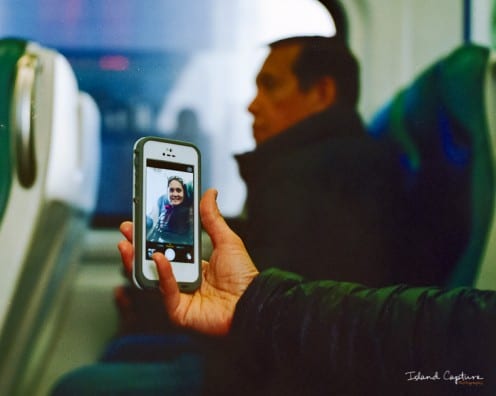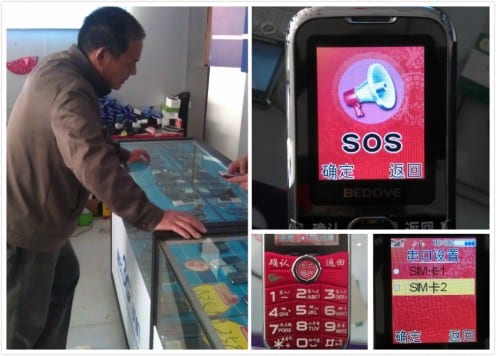Apple and the Smartphone market in India
By Shriram Venkatraman, on 6 May 2016

Photo Courtesy: CC: Wikimedia Commons: Kārlis Dambrāns from Latvia
Less than a fifth of the Indian population might own a smart phone, but India is now the second largest smart phone market in the world. The large phone manufacturers see immense potential in the buying power of the Indian population. While the international brand Samsung dominates the smart phone market in India (with phones manufactured for the south asian market), the Indian brand Micromax has its own set of customers as well. Reports suggest close to 150 smartphone brands in India and estimate the market to grow with the Make in India/Digital India drive. Each of these brands have varied price points and customise their mobile handsets to the Indian consumer market.
While this has generally been the case with India, companies such as Apple have been trying to engage with the mobile consumer market, though their market share has been low, their revenue share has been high. Suggestions to increase its market share have been to invest on either innovation and market to the brand conscious (which would mean high end consumers) or contextualise its price differentials and compete with the low cost players in the Indian market, which can be a never ending game.
Suggestions for market penetration for brands such as Apple, also speak of contextualising and understanding the socio-cultural aspects of a society and play to it. However, the smartphone penetration in India has a long way to go. Even with initiatives such as Digital India, their optimistic estimation of the smart phone consumer market in India seems to be exaggerated, since they leave out the crucial aspect of infrastructural development (electricity/internet data) needed for the smart phone market. For now, all such strategies seem to be around the urban market or promising second tier Indian cities.
Large segments of the rural markets not only have socio-economic constraints but also have major issues with infrastructure. Even with all the monthly instalment schemes on offer by phone retailers, it seems doubtful that even the rich in the rural areas might opt for a costlier branded phone, since it has no use other than voice communication in a rural set up, which even a cheaper smart phone/feature phone can offer. Hence, a high-end brand like Apple might not even work for major sections of Indian population.
For any growth to take place in the Indian phone market, manufacturers have to realise that this is an eco-system, which is based on several aspects including infrastructure (electricity, internet data etc.) and socio-economic factors (caste, access to phones for women etc.) instead of just concentrating on an exaggerated idea of smart phone market in India.
So, for now, looking at the emerging urban middle class in India, the best bet for brands such as Apple would be to optimise the price and offer a product line playing to the brand conscious urban middle class, since their buying decisions are based on a combination of functionality, price and brand (which is used to differentiate from their peer group).
 Close
Close















